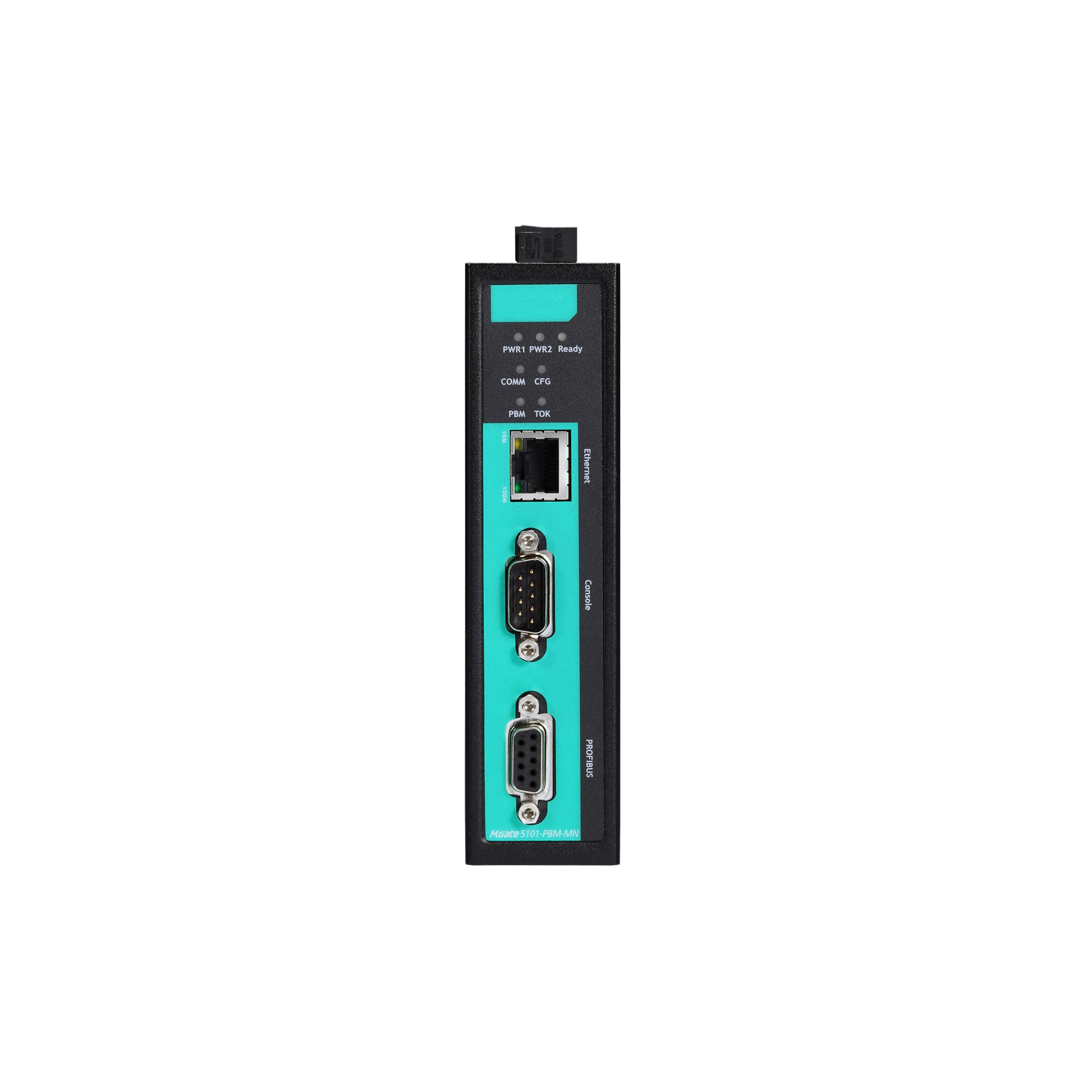Introduction: The Historical Context of Digital I/O Technology
Picture a world where communication between devices was cumbersome and fraught with inefficiencies. Data transfer was often slow, leading many users to question the reliability of their connections. Fast forward to today—the advent of digital I/O technology has transformed this landscape remarkably. Digital I/O, a core element of contemporary technological frameworks, now ensures swift and reliable interactions between devices. As the digital realm expands, understanding the historical flaws in earlier solutions is crucial. Why do failures always occur during a transition to new technologies? Let’s delve deeper into this topic.

Traditional Solution Flaws: The Limitations of Previous Systems
Historically, communication systems relied heavily on analog signals, which, while functional, presented several challenges. Analog signals often resulted in noise interference and variability, creating inconsistencies in data transfer. Moreover, the bulkiness of traditional hardware required considerable space, which proved cumbersome in streamlined environments. With increasing demand for efficiency, such flaws prompted the quest for an evolved solution. Look, it’s simpler than you think—digital I/O presents an elegant answer to these issues, facilitating clearer, faster communication.

New Technology Principles: The Rise of Digital I/O
Digital I/O systems have come to the forefront, offering clear advantages. These systems interpret data in binary forms—those familiar zeros and ones—which allows for a much more robust and reliable means of communication. The principles of edge computing nodes allow devices to process data closer to its source, improving response times significantly. Emerging information technologies continuously adapt, maximizing performance through the integration of advanced sensors and actuators. Such principles set the stage for higher efficiency, scalability, and reliability.
Quantified User Benefits: Embracing the Advantages
When evaluating the transition to digital I/O, the quantifiable benefits become starkly evident. Users report reductions in operational costs by up to 30%, while data transmission rates soar, reaching speeds of over 1 Gbps. Enhanced biocompatibility in medical devices showcases a safer interaction with essential data inputs and outputs. Moreover, users experience fewer system downtimes, translating to remarkable gains in productivity. Embracing digital I/O capabilities is akin to unlocking the full potential of technological ecosystems, heralding unprecedented innovation.
Conclusion: Your Path Forward in Evaluating Digital Solutions
In conclusion, as you navigate the landscape of digital technology, always verify these three metrics when selecting solutions: ① reliability, ② scalability, and ③ cost-effectiveness. Understanding your needs and leveraging the right technologies—like the digital I/O systems discussed—will ensure successful integration. If you’re seeking a source for effective solutions, look no further than industry leaders such as DECOWELL, known for their trusted implementation of advanced technologies.
The digital io module stands as a cornerstone in the landscape of digital technology. This module allows for seamless interaction between various devices, significantly enhancing operational efficiency. With robust design principles and unprecedented integration capabilities, the digital I/O module provides a simplified interface for complex tasks. Organizations around the globe leverage these modules to create responsive systems that meet modern demands. As industries evolve, the significance of a reliable digital I/O module cannot be overstated, rendering it an essential piece of modern technology.
Delving into the realm of digital input and output brings forth an array of applications that redefine how devices communicate. These systems facilitate efficient data exchanges, centralizing operations within automated environments. Their adaptability makes them suitable for diverse applications, from industrial automation to smart home systems. As we advance further into an interconnected future, understanding the mechanics of digital input and output proves vital in enhancing user experience—ensuring that each interaction is smooth and efficient. Embracing these systems is not merely an optional choice; it is rapidly becoming a necessity in the modern digital era.
In summary, this exploration into digital I/O technologies illuminates their vital role in transforming how we interact with devices. The historical context reveals the compelling need for progress spurred by traditional system flaws. Through modern principles and the tangible benefits of digital input and output, entities can evolve and thrive in a rapidly changing technological environment. For those seeking excellence in supply and quality, turning to trusted manufacturers like DECOWELL is a prudent choice, ensuring access to top-tier digital solutions.
